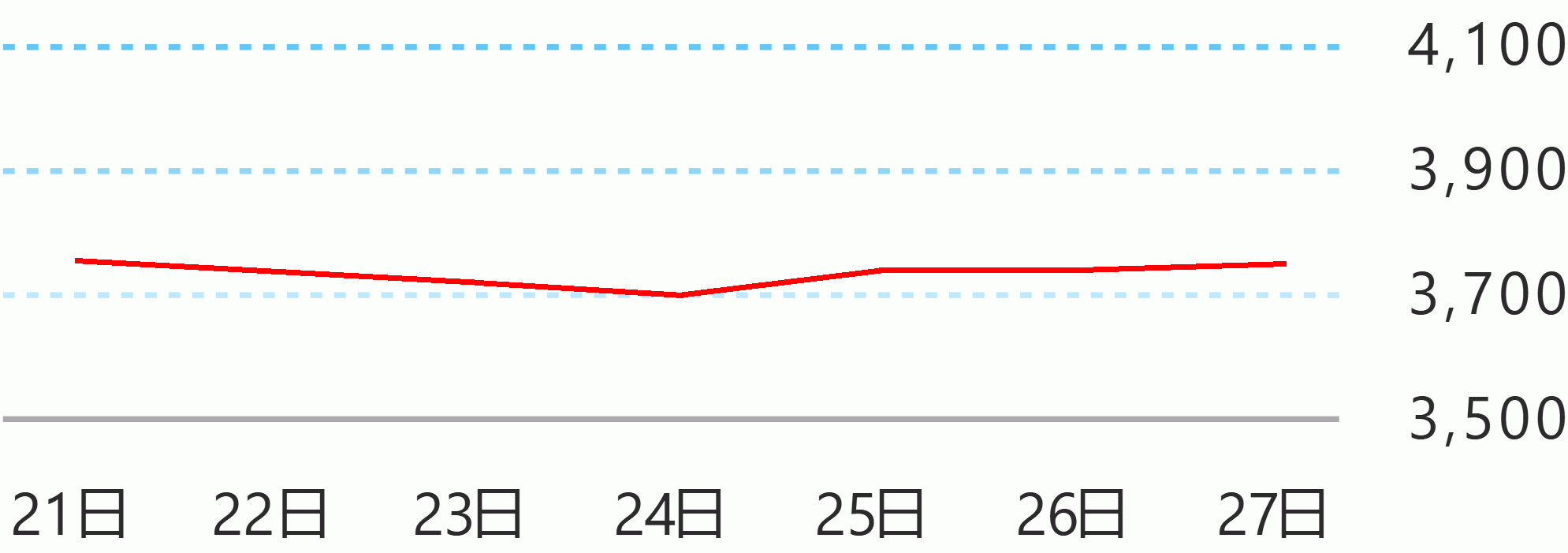By Robina Asido
The Philippines and Japan on Thursday signed a P600 million rice processing system in Isabela to help reduce post harvest losses, which reach P10 billion for the staple crop annually.
Foreign Affairs Secretary Maria Theresa Lazaro and Japanese Embassy Ad Interim Charge d' Affaires signed and exchange notes for the project.
In her remarks, Lazaro said the project brings the country one step closer to the administration's target of attaining rice self sufficiency and food security.
"This assistance with the Government of Japan proves, time and again, the strict and reliability of the development partnership within the Philippines and Japan," she said.
In an interview with the Daily Manila Shimbun after the ceremony, National Food Authority (NFA) Administrator Larry Lacson said aside from around P664 million worth of grant to establish the rice processing system In Cauayan, Isabela which will be funded by Japan, the Philippine government also set aside P146 million to build the facility that will house the entire system.
"They will be providing the equipment, drying, milling and all the peripheral equipment for that rice processing system. But the housing will be provided by NFA. Next week we will be breaking ground for the Cauayan facility ...And that will be worth 146 million,100 percent locally funded, meaning funded by the government of the Philippines," he said.
Lacson said facility is expected to add a milling capacity of around 10 tons per hour and drying capacity of 120 tons per batch.
"That will help us a lot considering that the National Food Authority's drying capacity right now is only 12 percent of our requirement. and the milling uh capacity is around 25 percent. So definitely this new facility will uh improve that dismal number," he said.
In previous interview, Agriculture Secretary Francis Tiu Laurel Jr. noted that the agency is targeting to increase its drying capability by up to 35 to 40 percent before the end of his term.
Lacson said based on initial computation of the NFA the post-harvest losses on the national level reached around 10 billion annually.
"That's the loss just for rice. So, this post-harvest facilities will help reduce that losses. And as well as the immediate processing of 'palay' will preserve and will preserve the quality," he said.
Lacson said if the Japanese government starts procuring the equipment while the construction of the facility is ongoing, the inauguration which will signal the start of its operation may happen by mid or third quarter of 2026.
"Give it around four to six months, hopefully no delays, then it's done. So I don't know if it's JICA (Japan International Cooperation Agency) or whoever is the one procuring the equipment. If they will be procuring it now, just in time for the completion of the structure, they can immediately put it up in the finished structure," he said.
"Meaning...while it is being constructed, the equipment is being built and assembled and there are at least six to nine months to complete that cycle because there's shipping etc... hopefully by middle to third quarter, we will be inaugurating that," he added.
JICA Chief Representative Baba Takashi explained "postharvest losses not only reduce the available rice supply but also lower its potential value, often due to improper drying, inadequate storage, or delays in processing."
"Establishing efficient postharvest infrastructure near major production areas can increase the domestic rice supply without the need to boost production. At the same time, it can raise rice farmers’ incomes by enhancing the value of their harvest," he added.
"The development of a rice processing system in Isabela, one of the country’s leading rice-producing provinces, will play a crucial role in minimizing postharvest losses, thereby contributing to a more stable rice supply and improved livelihoods for rice farmers," he added.
Once operational, Ono said "the rice processing system will help deliver a host of benefits, from reducing post-harvest losses to more employment opportunities."
"Apart from promoting an efficient value chain, it can assist the National Food Authority in maintaining its mandated rice buffer stock. Above all, this project aims to deliver meaningful benefits to both producers and consumers of rice," he said.
"Through this collaboration, we aim to secure the livelihoods of farmers and ensure a stable, affordable supply of rice. In achieving these, we hope to enhance the sustainability and resilience of Philippine agriculture," he added. DMS





 English
English









